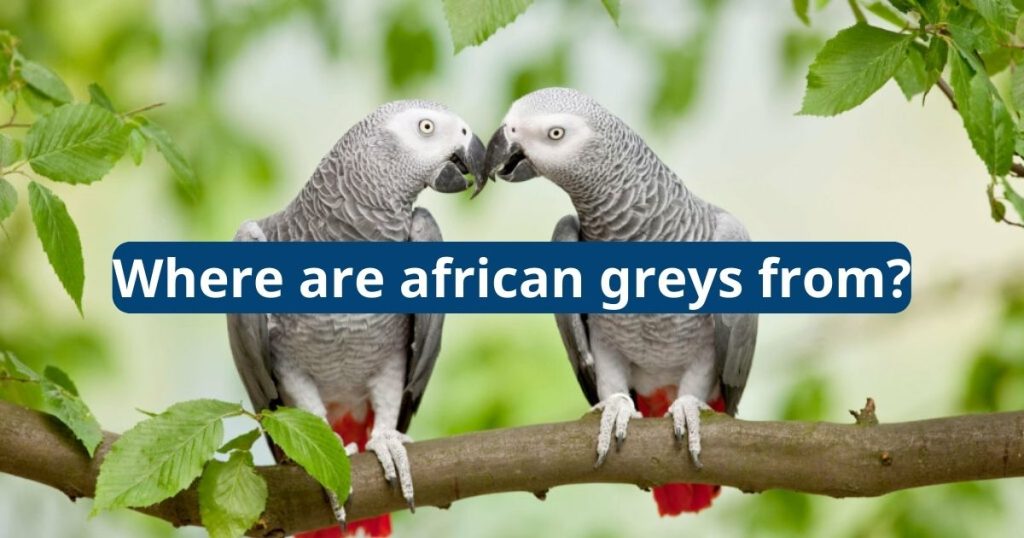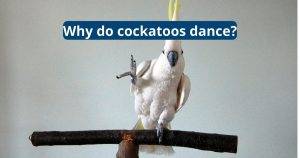Where Are African Greys From?

The African Grey is the smartest parrot in the world. They can build logical sentences, talk back, and even tell jokes. They can also identify objects, numbers, and colors. They’re popular in the pet trade, which is why their population has been declining. Despite decades of efforts to regulate capture and export, overexploitation remains the biggest threat.
Timneh African Grey
African greys are considered one of the smartest birds around and also develop strong bonds with their human owners. The fact that they’re extremely popular in the pet trade is taking its toll on wild populations, however. In some cases, trappers simply go to areas in the forest where they believe African greys congregate and kill as many of them as possible, which has a knock-on effect on local bird populations.
Unlike its cousin, the Congo African Grey, the Timneh has a darker upper beak and more maroon colored tail feathers. It also matures faster and is more inquisitive by nature. It can start talking at a younger age and is less likely to be scared of new surroundings, which makes it easier to train than its Congo cousins. However, training should be started at an early age to ensure the best results. It’s also known for being a healthy bird that rarely falls ill as long as you take care of its basic needs like hygiene, regular vet checkups and adequate exercise.

Congo African Grey
Known for their innate intelligence, African Greys are believed to be on par with the cognitive ability of a 5-year-old child. They have been known to speak foreign languages, tell jokes, count numbers, and identify colors, shapes, and materials. They also understand context and logic.
Unlike other bird species, gender does not appear to play a role in whether an African Grey learns to talk. Both Congo and Timneh African Greys are able to begin talking around six months of age, although Timneh starts a little sooner.
Even though the U.S. no longer imports wild-caught African Greys, it still contributes heavily to the depletion of their global population. This is due to the fact that even a socialized, hand-raised, aviary-bred African Grey is only one or two generations removed from its wild predecessor. The demand for these birds as pets has created an over-exploitation and habitat loss situation throughout its range in Africa, where 21% of the world’s wild population is harvested each year to meet the pet trade.

Habitat
African grey parrots are a sociable species and live in groups of varying sizes. They are found in forest and gallery woodland, clearings, mangroves, wooded savannah and cultivated areas. These birds are partial ground feeders and will also eat green leafy material.
They are one of the most intelligent species of bird and, with minimal training, can learn to speak a wide variety of words. The famous talking parrot Alex was able to categorize, label and name objects by color, shape and size and understand musical theory.
In the wild, African greys feed on seeds, nuts, fruits (especially oil palm) and berries. They may also eat bark, leaves and snails. They are migratory and will travel short distances in search of food at certain times of the year.
The Congo and Timneh varieties of African grey are similar in many ways, but the Congo is generally more docile than the Timneh. You can tell your African grey is happy and healthy by observing him perching upright with relaxed feathers, and by hearing him chatter, head bowing and preening regularly.

Care
African greys bond easily with their owners and are highly interactive, affectionate pets. They often ask for petting and head scratches. They may chatter and sing throughout the day.
This intelligent bird can learn to pronounce words, mimic sounds and tell jokes. But it’s important to remember that this is a wild animal that will occasionally act up. Excessive screaming can be a sign that the bird is unhappy, bored or hungry.
They’re listed in CITES Appendix II to help regulate capture and international trade. But demand for the birds remains high and cooperation from the species’ native countries is often lacking.
In the United States, most African greys sold as pet birds are the offspring of birds captured and transported from African countries. The late psychologist Irene Pepperberg purchased an African grey parrot named Alex from a pet store and used him to demonstrate the bird’s innate high intelligence, which she said was on par with a 5-year-old child.



